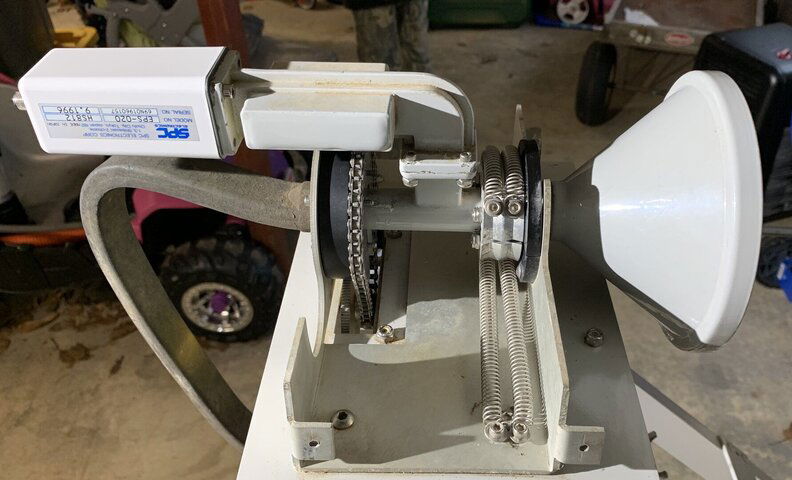Greetings,
I have a surplus AVL 1278 Mobile VSAT antenna that I am trying to get a signal with. Its a 1.2 meter reflector, with an "Offset, Prime Focus" have an EPS-020 LNB on it.
I *think* I have it pointed correctly, but not sure on where to measure the angle from. Should I measure the angle from the exact center of the Dish face ? or Is it from the boom angle ?
Total NOOB here, but have been trying to get it working with a new Amiko HD-265 for two days. I get absolutely nothing, 0% on the level meter, with quality at 6% with the cable disconnected. I'm trying to catch Galaxy 16, since it "seemed" easy...
I must be missing something fundamental here.
Thanks Again,

I have a surplus AVL 1278 Mobile VSAT antenna that I am trying to get a signal with. Its a 1.2 meter reflector, with an "Offset, Prime Focus" have an EPS-020 LNB on it.
I *think* I have it pointed correctly, but not sure on where to measure the angle from. Should I measure the angle from the exact center of the Dish face ? or Is it from the boom angle ?
Total NOOB here, but have been trying to get it working with a new Amiko HD-265 for two days. I get absolutely nothing, 0% on the level meter, with quality at 6% with the cable disconnected. I'm trying to catch Galaxy 16, since it "seemed" easy...
I must be missing something fundamental here.
Thanks Again,




